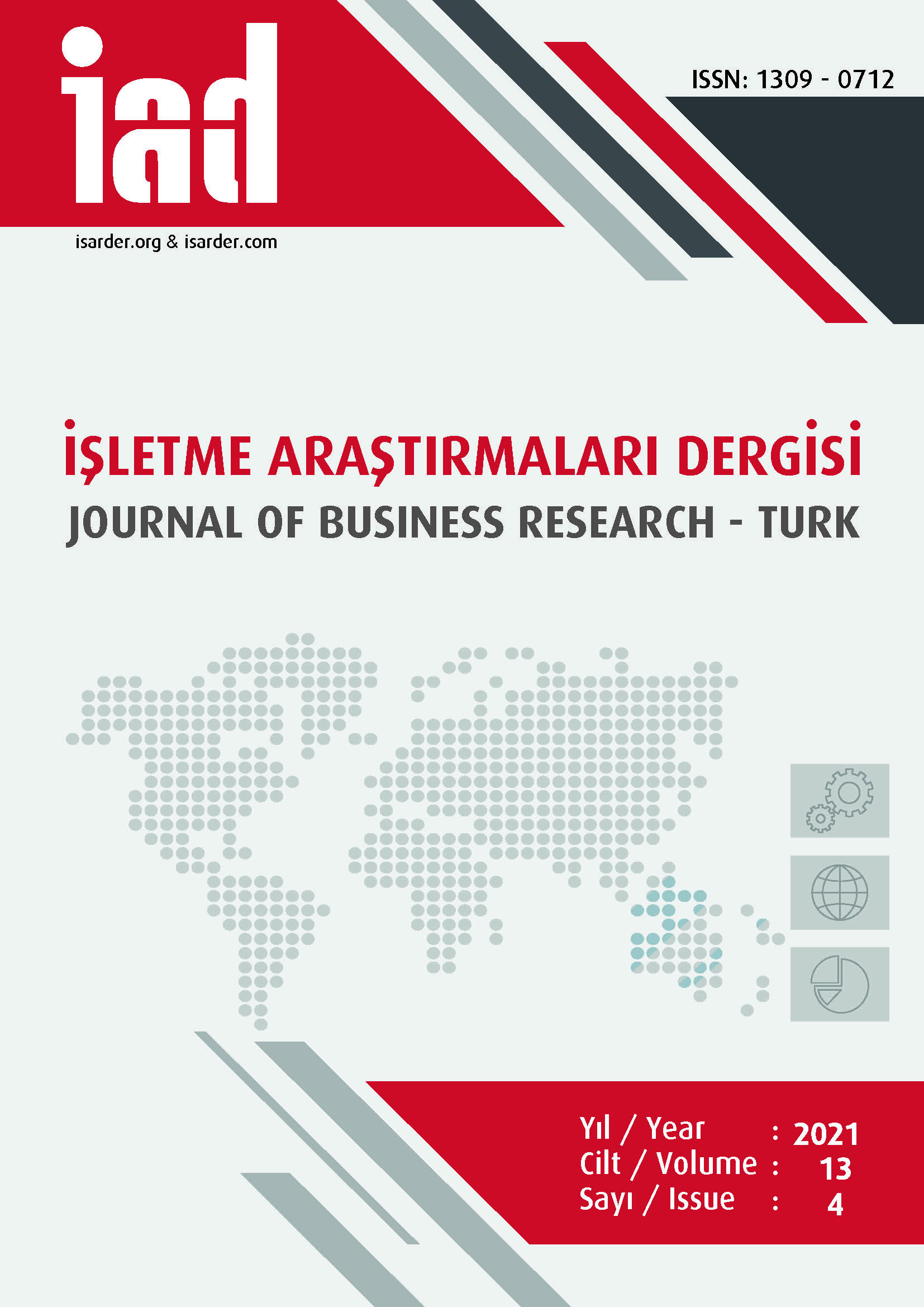Roles of the Jumps in Foreign Exchange Markets: A comparative Analysis of Non-Parametric Jump Tests
DOI:
https://doi.org/10.20491/isarder.2021.1341Anahtar Kelimeler:
Jump detection models- High-frequency data- Pre-averagingÖzet
Purpose – The purpose of this study was to examine the effects of macroeconomic releases on jumps in foreign exchange markets using Barndorff-Nielsen and Shephard (2006), and AitSahalia and Jacod (2009) non-parametric jump detection tests and excel based event study methods are used to explore this effect. As part of this aim, the following questions were asked: "What are the differences between jump detection methods?". "Do jumps have long-term memory?". "Which type of event has more effect on foreign exchange markets?. Do US-based news have more effects on any market?". "Do co-jumps provide valuable information for the market practitioner?" and "Do co-jumps provide the significant signals?". Design/methodology/data – The U.S, the U.K, Switzerland, Germany, Japan, France, Italy and Spain are represented as developed markets, while Turkey is represented as a developing country in Eastern Europe. I conduct our analysis on the foreign exchange market. The research data begins on January 1, 2010, and ends on December 31, 2016, with seven years of available high-frequency data. The highfrequency exchange rate data, extracted from www.histdata.com and Bloomberg data vendors. Each quote is time-stamped to seconds with two decimals in Greenwich Mean Time to Eastern Standart Time (GMT), starting from 00.00 Eastern Time (ET) to 23:59 GMT. Therefore, there are 1440 1-Minute, 288 5- minute, 96 15-minute, 48 30-minute, and 24 60-minute intervals during the 24-hour foreign exchange market. Findings – This study shows that scheduled news related to employment, real economic activities, trade balance, GDP, and FOMC rate decisions significantly affect jumps and co-jumps. The detected jumps are related to economic fundamentals, but jumps are only a small proportion of the sample news data. Jump doesn't have a long-term memory. The effect is latent and disappears very quickly (mean reversion in the long term). There are also speeches and unscheduled news, but scheduled news is more influential because it is announced more frequently. Discussion – This research focused on the event time in this paper. However, the post-event time also has an important effect on matching the jumps. The results of this study can be used by finance practitioners and researchers, especially for behavioral finance cases. I established the importance of jumps and their relations with the macroeconomic news announcements. Apart from this research, we can extend this study to wavelet base new non-parametric tests by decomposing data into different time cycles and detect the arrival time of the jumps.
İndir
Yayınlanmış
Nasıl Atıf Yapılır
Sayı
Bölüm
Lisans

Bu çalışma Creative Commons Attribution-NoDerivatives 4.0 International License ile lisanslanmıştır.





